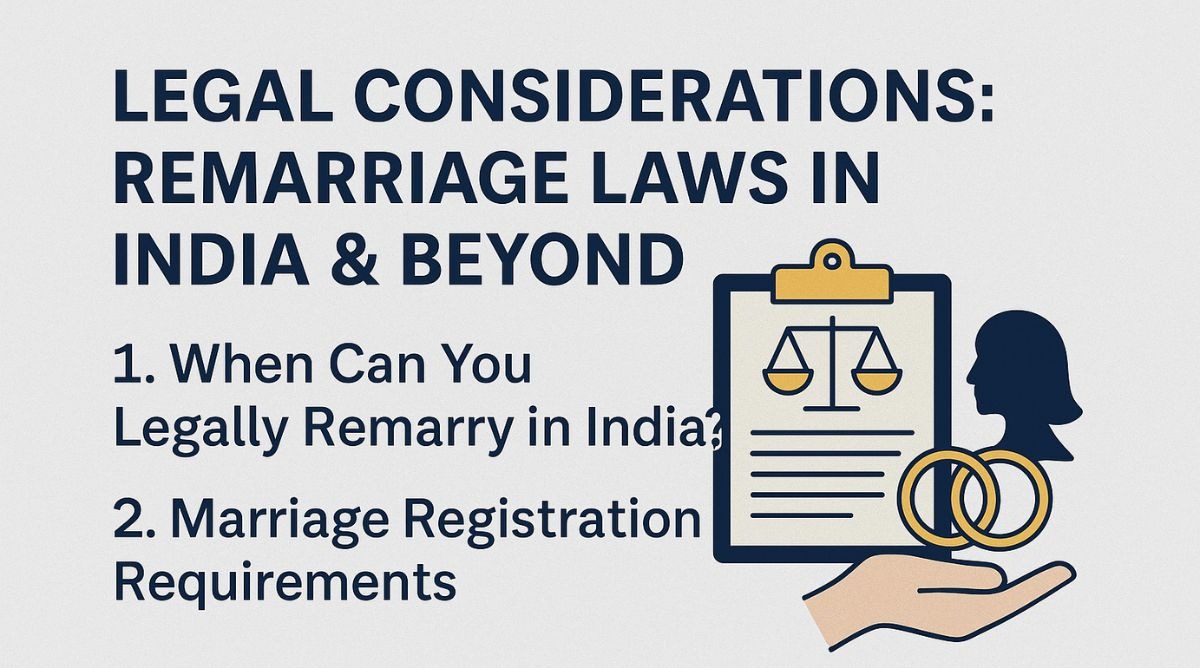M. Karpagavinayagam, J.@mdashThe defendants 2 to 4 are the appellants herein.
2. Vijayalakshmi, the plaintiff filed the suit for declaration and permanent injunction. The suit was dismissed. However, the lower appellate Court allowed the appeal and decreed the suit in favour of the plaintiff. Hence, the second appeal by the defendants 2 to 4.
3. The case of the plaintiff is as follows:
"Kaliappan, the second defendant is the son of Ramasamy Gounder, the first defendant. Chinna Gounder, the father of the first defendant was allotted with 1.71 3/4 acre in the partition among his brothers in the year 1946. In 1959, there was a partition between the said Chinna Gounder and his son, the first defendant. The said property measuring 1.71 3/4 acre was allotted to the first defendant. From the date of partition, the first defendant was in possession and enjoyment of the said property. The house situated on the western side of the property was settled in favour of Chinna Gounder by the first defendant. The remaining property measuring 1.65 acre was enjoyed by the first defendant. Nachayammal is the sister of the first defendant. On 19.10.1967, the said property was settled in favour of the said Nachayammal by the first defendant through a registered settlement deed. Since then, Nachayammal has been in possession and enjoyment of the property. She has also constructed a house in the suit property and she has been residing there. On 14.9.1994, Nachayammal sold the suit property to Vijayalakshmi, the plaintiff. After the purchase, she has been in possession and enjoyment of the suit property. She received a notice from Kaliappan, the second defendant, son of the first defendant stating that the plaintiff or Nachayammal has no right in the suit property. Suitable reply was sent by the plaintiff to the second defendant. Again on 23.1.1995, the second defendant approached the plaintiff to sell the property to him. The plaintiff refused for the same. Thereafter, the defendants tried to disturb the possession of the plaintiff. Hence, the suit for declaration and permanent injunction."
4. The case of the first defendant Ramasamy Gounder is as follows:
"The suit property has already been settled by the first defendant in favour of his father on 18.10.1961 and handed over the possession to him. After the death of Chinna Gounder, out of affection towards his sister Nachayammal, he executed a settlement deed on 19.10.1967 in her favour settling the suit property which is only a sham and nominal document. The said settlement deed has not been acted upon. Therefore, the suit is liable to be dismissed."
5. The case of the other defendants 2 to 4 is as this:
"The suit property originally allotted to Ramasamy Gounder, the first defendant in the partition had been settled in favour of his father Chinna Gounder on 18.10.1962. Thereupon, the suit property was in enjoyment of the said Chinna Gounder. Then on 22.10.1962, Chinna Gounder executed a Will bequeathing the suit property in favour of the first defendant Ramasamy Gounder giving only life interest and after him, conferring absolute right to the second defendant, son of the first defendant. Chinna Gounder died on 13.10.1967. Subsequently, in pursuance of the Will dated 22.10.1962, the second defendant became the owner of the suit property. Nachayammal was allowed to stay in one portion of the suit property as a tenant. Since the settlement deed dated 19.10.1967 was not a valid one, the plaintiff would not be entitled to any relief."
6. On the basis of the above pleadings, issues were framed. On behalf of the plaintiff, P.Ws.1 to 5 were examined and Exs.A1 to A18 were marked. On the side of the defendants, D.Ws.1 and 2 were examined and Exs.B1 to B32 were marked. Ultimately, the trial Court having not inclined to accept the case of the plaintiff, dismissed the suit.
7. The lower appellate Court in the appeal filed by the plaintiff, decreed the suit holding that the settlement deed Ex.B1 executed by the first defendant in favour of his father Chinna Gounder on 18.10.1962 and the Will executed by his father Chinna Gounder giving life interest to the first defendant and absolute right to the second defendant after the life time of the first defendant have not been validly proved and Ex.A4, the settlement deed executed by the first defendant in favour of Nachayammal has been acted upon and so, the plaintiff, the purchaser of the suit property from the said Nachayammal would be entitled to the reliefs sought for.
8. This judgment by the lower appellate Court reversing the judgment of the trial Court is the subject matter of challenge in the second appeal.
9. When this appeal came up before this Court, this Court did not incline to admit the appeal, but to post the matter for final disposal as agreed by the counsel for both parties. Accordingly, the date was fixed for final hearing and the case has been argued at length by both the counsel.
10. On the following substantial questions of law as mentioned in the memorandum of grounds, the learned counsel for the appellant would make his submissions:
1) Has not the lower appellate Court committed error in law in decreeing the suit property in favour of the plaintiff when the sale effected in her favour itself is not valid in law?
2) Is the lower appellate Court justified in law in holding that the settlement deed Ex.B1 dated 18.10.1962 executed by the first defendant in favour of his father Chinna Gounder is not proved?
3) Is the lower appellate Court justified in holding that the Will Ex.B2 dated 22.10.1962 executed by Chinna Gounder, conveying the right of enjoyment to his son, viz. the first defendant and after him, the absolute to the second defendant, is not valid in law?
11. On the strength of the above said substantial questions of law, the learned counsel for the appellant would contend that when Exs.B1 and B2 have not been disputed by the plaintiff in the plaint and when the marking of those documents was not objected to by the plaintiff, the lower appellate Court cannot discard the evidence of D.W.1 proving Exs.B1 and B2, namely settlement deed and Will.
12. The learned counsel for the respondent, arguing contra, would contend that the settlement deed Ex.A4 executed by the first defendant in favour of Nachayammal, P.W.2 is a valid document and the same has been acted upon which would be clear from the documentary evidence adduced on the plaintiff''s side as well as from the evidence of P.W.2 Nachayammal and in the absence of valid proof with reference to Exs.B1 and B2, the decree in favour of the plaintiff passed by the lower appellate Court has to be upheld.
13. I have carefully considered the submissions made on either side.
14. On going through the records, it is noticed that the documents filed by both the parties to prove their claim, i.e. Ex.A4 on the side of the plaintiff and Exs.B1 and B2 on the side of the defendants are registered documents. Ex.B1 is a settlement deed executed by the son, the first defendant, in favour of his father Chinna Gounder in respect of the suit property. Ex.B2 is a Will executed by Chinna Gounder giving the life estate to his son, the first defendant and after his life, giving the absolute right to the second defendant. There is no dispute that if these documents are held to be proved, then it goes without saying that Ex.A4 cannot be said to be a valid document, as the said document has been executed by the first defendant on the date when he was only a life estate holder.
15. There is no difficulty in accepting the principle, as pointed out by the counsel for the appellant, laid down in CHENCHU RAMIAH v. NOOHU NACHIA 1999 M.L.J.324 that the plaintiff has to win or fail on the basis of his case and the plaintiff cannot rely upon the weakness of the case put forward by the defendant.
16. However, in this case, Nachayammal in whose favour the settlement deed was executed by the first defendant Ramasamy Gounder chose to come to box and depose that in pursuance of the settlement deed, she took possession and constructed a house in one of the portions and obtained patta and she continues to be in possession of the suit property. She has produced various documents to establish that she has been in possession of the property since then.
17. Once it is established that on the strength of Ex.A4, the possession was handed over to Nachayammal, it is for the first defendant, who executed the settlement deed, has to establish that the document was only a sham and nominal document and the same has not been acted upon. Even though such a stand was taken by the first defendant through his written statement, he did not choose to come to box to establish his plea raised in the written statement. As such, an adverse inference is to be drawn against the defendants by virtue of the principle laid down by the Supreme Court in
18. Apart from that, Ex.B1, the settlement deed and Ex.B2, the Will have been marked only through the second defendant. Admittedly, the same were not marked through the person concerned. As indicated above, though the author of Ex.B1 is the first defendant, who chose to file his written statement against the said document, has not come forward to the box to mark that document. Similarly, Ex.B2, the Will has not been properly proved by examining one of the attestors of the Will. Though evidence has been let in stating that the efforts were taken to serve the summons on the attesting witnesses and the same were returned as they were dead. No steps were taken to establish either by producing their death certificates nor examined any other person who is acquainted with the signatures in the Will.
19. In such circumstances, the lower appellate Court is correct in holding that Exs.B1 and B2 have not been validly proved and on the other hand, Ex.A4 has been proved by acceptable evidence through P.W.2 which has been corroborated by various documentary evidence, which prove her possession in pursuance of the said settlement deed. Consequently, it has to be concluded that the sale deed executed by the said Nachayammal, P.W.2 in favour of P.W.1 has to be held valid and on that score, the plaintiff would be entitled to the decree as granted by the lower appellate Court as I do not find any infirmity in the reasonings given by the lower appellate Court on the basis of the detailed discussion over the evidence let in by both parties. Hence, the second appeal is dismissed as there is no substantial question of law. No costs. C.M.P.No.972 of 2002 is also dismissed.

